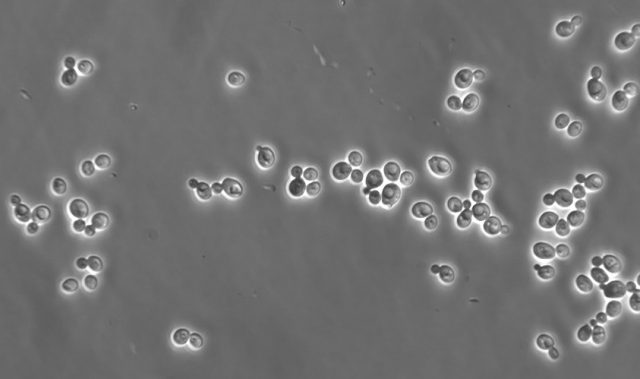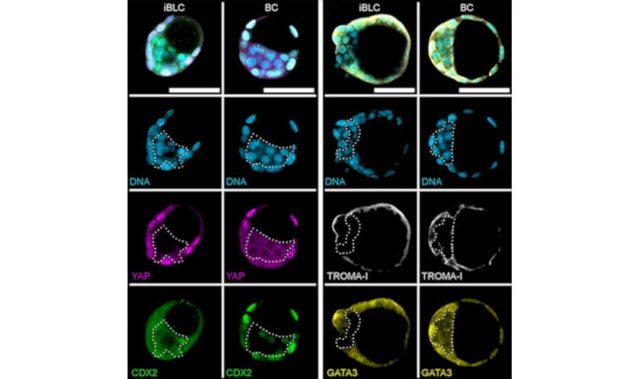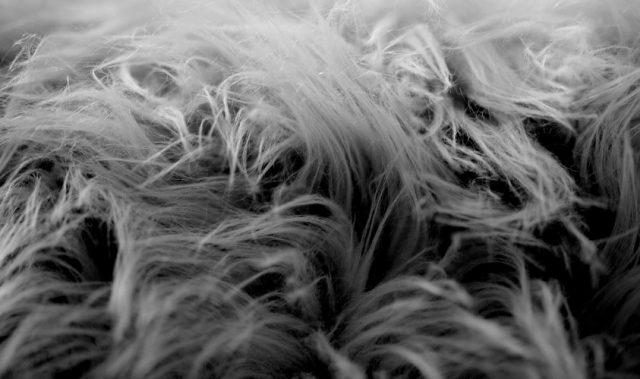
AsianScientist (Oct. 10, 2019) – To impede the corrosion of steel bars in reinforced concrete, just add some aerobic bacteria. These were the findings of a research group in Japan, published in the journal Cement and Concrete Research.
Over time, reinforced concrete weakens due to corrosion of the steel bars inside them. The corrosion processes can be explained by electrochemical reactions, which require oxygen and water, occurring spontaneously inside the material.
To reduce the amount of oxygen available for corrosion, researchers at Ehime University, Japan, mixed in Bacillus subtilis natto with cement. The researchers noted that B. subtilis natto is resistant to unfavorable environmental conditions, including salinity and extreme pH, making them ideal for embedding within concrete. The microbes survive the harsh conditions by forming an endospore.
The team showed that B. subtilis natto consumed dissolved oxygen to oxidize organic matter. Electrochemical, half-cell potential and macrocell corrosion measurements using zero-resistance ammeters all showed that the presence of the microbes reduced corrosion of steel bars in concrete.
Furthermore, because the reactions catalyzed by the bacteria favored the formation of calcium carbonate, cracks in the concrete are sealed automatically.
The researchers believe that their findings will contribute towards the development of more durable and self-healing materials for construction.
The article can be found at: Kawaai et al. (2019) Corrosion Resistance of Steel Bars in Mortar Mixtures Mixed With Organic Matter, Microbial or Other.
———
Source: Ehime University; Photo: Pixabay.
Disclaimer: This article does not necessarily reflect the views of AsianScientist or its staff.












